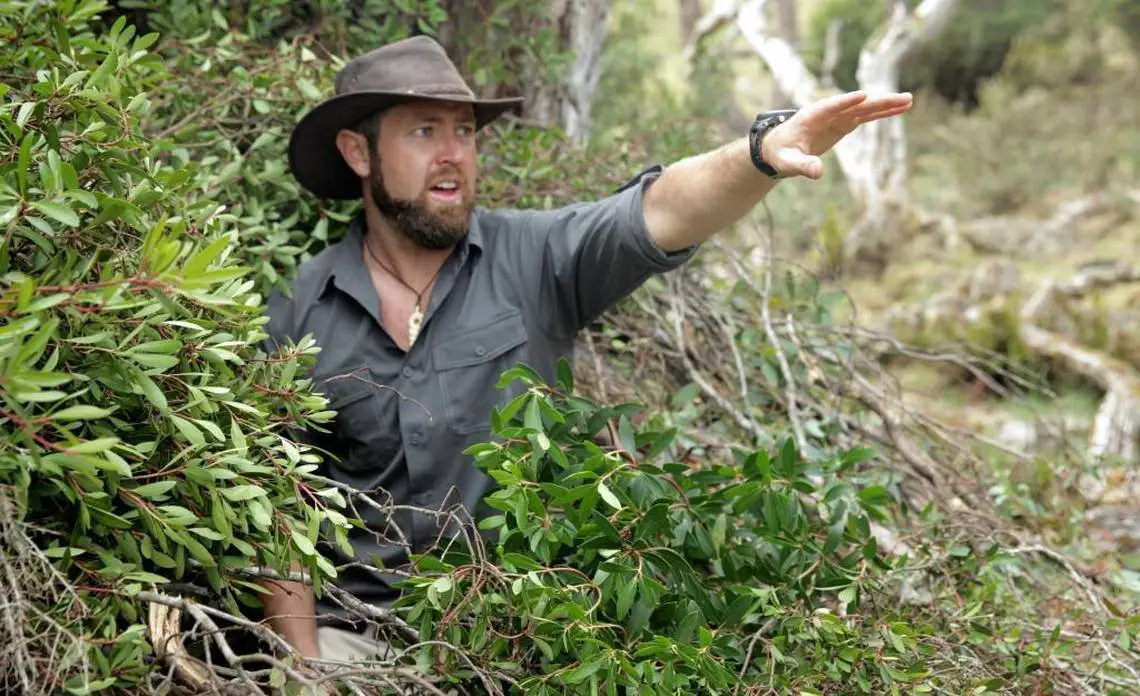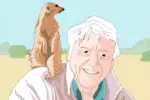The world has been totally and irrevocably altered by humanity: The majority of land in the world has been shaped by our need for food, shelter and resources, contributing to the current Holocene extinction. Yet there are select conservationists and enthusiasts who believe that pockets of extinct species have in fact overcome the human obstacles to their survival. One such dreamer is Forrest Galante.
Galante is an American who grew up in Zimbabwe, where he spent much of his formative years capturing all manner of small animals. In 2016, Galante was offered the chance to work with Animal Planet on their TV movie “Extinct or Alive: Tasmanian Tiger,” and in 2018 he rejoined them for a TV series of the same premise for other officially extinct animals.
It’s not that he believes these animals to be alive, so much as he looks for locations that a given species could have found refuge in the face of extinction. There are numerous examples of extinct species reappearing, such as the New Guinea singing dog, an ancient species of dog believed to have been extinct in the wild for over five decades before a population was found in the mountains of New Guinea.
Other examples include the Galapagos pink land iguana and the ancient Coelacanth, a long-lost, lobe-finned fish thought to have followed the non-avian dinosaurs into extinction 65 million years ago before living specimens were discovered.
While Galante does not subscribe to the more cryptic sorts of supposed fauna, like Bigfoot or the Loch Ness monster, the rare animals he searches for can nevertheless make audiences doubt how serious his endeavors are.
The Tasmanian Tiger
The project that propelled Galante’s career of rediscovering animals is without a doubt the Tasmanian tiger. Like all marsupials, the Tasmanian tiger was separated from placental mammals by millions of years, yet, due to convergent evolution, evolved many dog-like characteristics to fill the predator niche. Because of their close resemblance to common canines, supposed sightings of the animal in Australia and Tasmania are taken as seriously as Bigfoot sightings.
Yet while Bigfoot is with near-certainty a fictitious organism, the Tasmanian tiger sightings have several elements in their favor: 1.) The Tasmanian tiger was hunted, killed, photographed and filmed before being declared extinct 2.) Australia is big, with an entire continent’s worth of places to hide and 3.) They were a very common sight just 80 years ago, so to assume that every single individual was eradicated without more in-depth search is premature.
Galante has so far been unable to locate them, but remains hopeful about a biologist’s recent sighting of several individuals.
Giant Sloths
While sloths are typically regarded as helpless, slow-moving tree dwellers, 10,000 years ago, in the Americas, sloths could be the size of an elephant. The giant ground sloths were rivaled in size by few other animals in the world and, accordingly, had free rein to feed with relatively little fear of predators. It was only with the arrival of humans that the sloth population was virtually wiped out.
These animals would have weighed an average of 3 to 5 tons, requiring a large amount of vegetation on a daily basis. How then, could such large animals with such immense dietary needs possibly exist in the modern world?
The answer lies in a highly elevated Peruvian basin surrounded by mountains, a region nearly impenetrable on foot. These mountains could have potentially shielded a pocket of surviving ground sloths from humans for thousands of years, something that indigenous peoples’ records of ground-sloth-like mythical creatures support.
Zanzibar Leopard
One of the discoveries Galante is best known for is the supposed sighting of a Zanzibar leopard. Since the mid-1990s, this elusive leopard was believed to be extinct, but in 2018 Galante and his crew captured images of what appeared to be a surviving individual. In fairness, the sighting cannot be 100 percent verified without further evidence, both observational and genetic. However, if proven true, it will be yet another testament to the impressive durability of nature.
Throughout the history of the human species, animals deemed a threat, source of food or sport have been targeted indiscriminately to the point of extinction. Ecosystems suffer as a result; ecological niches are left empty, and without enough time to recover, nothing else can take their place. Galante’s work is not just entertainment or an attempt to reintroduce species, but an important warning against driving animals to a point beyond extinction.
















